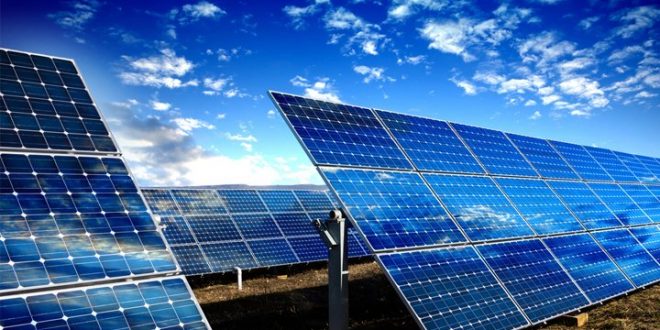A new report released by Wood Mackenzie states that solar module costs will continue to fall in the 2020s owing to technology innovation and lower CAPEX.
Improvement in module efficiency and power class is expected to propel the declining capex trend forward and ultimately lower the solar levelised cost of energy (LCOE).
Wood Mackenzie’s Solar PV Module Technology Market Report 2020 explores three technologies that have the potential to improve solar module power class and performance: large wafer, n-type cells, and cell- and module-level techniques.
The 2020s will be a decade with rapid solar module technology innovations, leading to significant increases in module power class, better performance, more versatile applications, according to the study.
The report states that the total module manufacturing capacity of M6, M10, and G12 wafer-based modules will reach 28GW, 63GW, and 59GW, respectively, by the end of 2021.
By 2025, the production capacity of modules using M10 and G12 wafers is forecasted to exceed 90GW, making them the dominant technologies by manufacturing capacity.
The report also investigated n-type modules, such as HIT and TOPCon, that could generate more power per panel due to higher cell efficiencies and have lower degradation rates. Unlike large modules, n-type modules do not currently yield system capex and LCOE savings in utility-scale solar projects. N-type modules’ high product costs offset the system-level non-module cost savings.
Report author Dr Xiaojing Sun, said: “We found that PV modules made of large wafers, such as the M6, M10, or G12 format, could reduce the capex of a utility-scale solar project by 3% to 9%. The cost savings would be appealing to solar developers and installers, which will drive the market adoption.
“The major silicon module manufacturers have announced large module products, and many of them are on track to commercially produce large modules between Q4 2020 and Q4 2021.”
“It is important to point out that the market adoption of large modules is dependent on the co-evolution of balance-of-system components such as inverters and trackers to accommodate the higher current and the larger size.
“Multiple industry alliances have been formed since early 2020 to ensure the entire solar ecosystem evolves to support the adoption of large modules. If the industry’s efforts bear fruit, we forecast that large module shipments in 2021 will account for approximately 40% of the total shipment of crystalline silicon modules. By the end of 2025, modules made with wafer sizes smaller than M6 will phase-out of the market.”

 Iran Energy News Oil, Gas, Petrochemical and Energy Field Specialized Channel
Iran Energy News Oil, Gas, Petrochemical and Energy Field Specialized Channel



